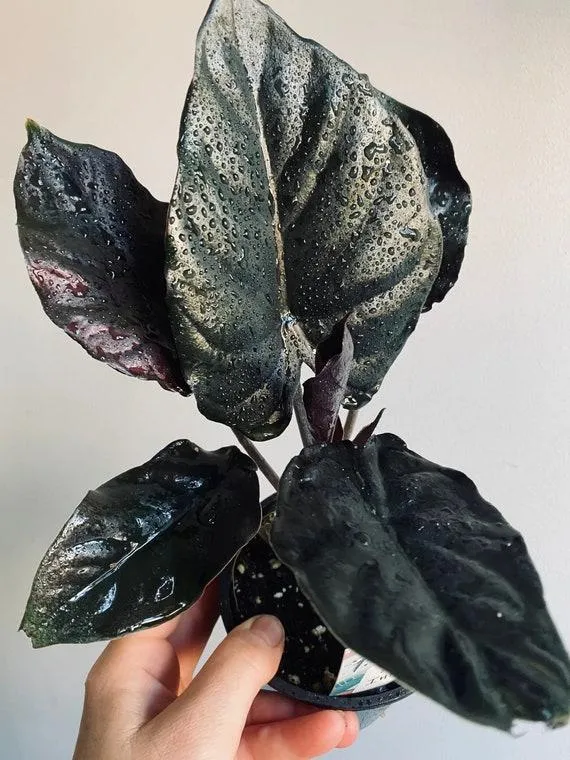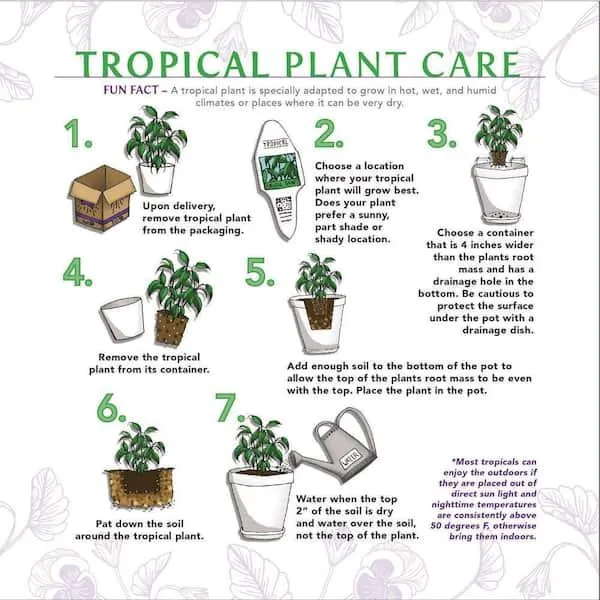Your Guide to Alocasia and Philodendron Plants
Whether you’re looking for low-maintenance indoor greenery or exotic tropical foliage to spruce up your outdoor space, alocasia and philodendron plants have a lot to offer. In this article, I’ll go over the key differences between these two popular houseplant genera, their care requirements, and some top variety picks to suit different conditions. By the end, you’ll have all the info you need to determine if an alocasia or philodendron is the right choice for you.
Alocasia vs. Philodendron
To start, let’s clarify the main distinctions between alocasia and philodendron:
- Leaf shape: Alocasia leaves are usually distinctive arrow or spear-shaped, while philodendron leaves come in many forms from heart-shaped to triangular to lobed.
- Petioles: Alocasia leaves emerge from a thick, swollen petiole or “elephant ear” structure. Philodendron leaves have slender, non-descript petioles.
- Origin: Alocasia species hail from tropical regions like Southeast Asia and Africa. Philodendrons originate in tropical Americas.
- Toxicity: Most philodendron varieties are non-toxic to pets and people. Some alocasia kinds like Alocasia amazonica contain calcium oxalate crystals that can cause irritation if ingested.
So in summary, alocasias tend to have showier arrow-shaped leaves on swollen stalks while philodendrons offer more subtle foliage patterns. Both thrive in humid shade but alocasias require slightly warmer conditions.
Care Requirements
In my experience caring for over a dozen different alocasia and philodendron plants, here are the basic care guidelines I’ve found to work well:
Light
Bright, indirect light is ideal. Direct midday sun can scorch leaves, so protect from harsh rays. Both genera do fine in low to medium light and make great options for offices or bedrooms without direct exposure.
Water
These tropical beauties enjoy consistently moist soil but excellent drainage is key to prevent root rot. Check soil a knuckle’s depth daily and water thoroughly when surface starts to dry. Avoid soggy wet feet.

Humidity
Higher humidity around 50-60% helps alocasia and philodendron thrive. Use a pebble tray or humidifier, especially in dry heated homes during winter. Mist leaves occasionally as well.
Temperature
Alocasias prefer warmer temps around 70-80°F. Philodendrons tolerate cooler 65-75°F but may grow slower. Position away from drafty windows.
Fertilizer
Feed monthly in spring and summer with a diluted balanced liquid houseplant fertilizer like 10-10-10. Cut back in winter when plants are less active.
Pruning
Remove yellowing or damaged leaves as needed. Cut back leggy stems to encourage bushier growth. Divide overgrown clumps in spring every 2-3 years for propagating.
With the right conditions, these plants can thrive indoors year-round. But in warmer zones 5-10, many varieties appreciate time outdoors sheltered from direct sun in spring and summer for boosted growth.
Top Variety Picks
Alocasias
Polly: Heart-shaped green leaves and purple undersides make this an elegant choice. Tolerates lower light.

Black Velvet: Striking black-purple foliage that’s a real showstopper. Prefers bright light and high humidity.
Amazonica: Massive elephant ear leaves can reach 3 feet long. Provide ample space and moisture in warm spot.
Philodendrons
Brasil: Vining variety with heart-shaped green and pale pink variegated leaves. Easy to care for climber.
Heart Leaf: Classic philodendron with broad, lobed dark leaves. Very hardy and forgiving of care mistakes.
Selloum: Grassy textured deep green foliage on a compact plant. Thrives in lower brighter light conditions.
With diligent care, all of these cultivars can become impressive floor to ceiling specimens bringing the look of the tropics indoors. I hope this overview helped shed some light on choosing between alocasias and philodendrons.

Let me know if you have any other questions! I’d be happy to share more planty tips from my experience caring for over 100 different houseplants. Growing greenery is kind of an addiction, but basically the best therapy, if you ask me. It’s totally rewarding to see these beauties flourish with a little TLC.
Alocasia philodendron Care Guide
| Trait | Details |
|---|---|
| Light | Bright, indirect sunlight. Too much direct sun will burn leaves. |
| Water | Keep soil moist but not soggy. Allow top inch of soil to dry between waterings. |
| Humidity | Prefers humidity between 50-60%. Mist leaves frequently or use pebble trays. |
| Temperature | Grow best between 65-80°F. Protect from drafts and temperatures below 60°F. |
| Soil | Rich, organic, well-draining potting mix. Improve drainage by adding perlite or gravel. |
| Fertilizer | Feed monthly in spring and summer with diluted liquid houseplant fertilizer. |
FAQ
-
What is an alocasia philodendron?
Basically, an alocasia philodendron is a type of tropical plant that is sort of like a cross between an elephant ear plant and a philodendron. It’s known for its big, unusual leaves.
-
Where do alocasia philodendrons grow naturally?
Alocasias grow in tropical regions like Southeast Asia and parts of Africa. They love warm, humid conditions. Though you can keep them as houseplants in cooler areas as long as you give them the right care.
-
How do you care for an alocasia philodendron as a houseplant?
To keep your alocasia happy indoors, give it lots of bright, indirect light and keep the soil consistently moist but not soaked. Mist the leaves to boost humidity. Feed monthly in spring and summer. Over time, the leaves should get huge – sometimes over a foot long!
-
Do alocasias need high humidity?
Yes, high humidity is pretty important for alocasias to thrive. While they can tolerate drier indoor conditions, they may drop leaves if the air is too dry. Use a pebble tray or humidifier to boost the humidity around your plant when the heat is on.
-
Is an alocasia philodendron toxic to pets?
Unfortunately, many parts of the alocasia plant are reportedly poisonous if ingested by cats and dogs. The calcium oxalate crystals in the plant tissues can cause mouth pain and irritation. It’s best to keep alocasias out of reach of pets, just to be safe.

-
How do you propagate an alocasia?
Propagating new alocasia plants from existing ones is pretty easy. You can divide the corms (plant stems) in spring or early summer. You can also take cuttings from the stems and root them in water or potting mix. With the right conditions, the cuttings should grow roots within a few weeks.
-
Why are some alocasia leaves variegated?
A lot of alocasia varieties have leaves with white or yellow variegation stripes, blotches or edges. Scientists are not 100% sure, but it appears this variegation happens due to a genetic mutation. The white sections can’t do photosynthesis, making these plants kinda like mutants. But many people find the variegated types to be especially beautiful houseplants!
In short, alocasia philodendrons make stunning indoor tropical plants – if you give them the right growing conditions. They are definitely not low-maintenance, but the huge dramatic leaves make it worth the effort. Does your home need more unusual foliage? Perhaps one of these beauties would brighten things up. But do your research first – cats and dogs may not appreciate their unusual charms!
